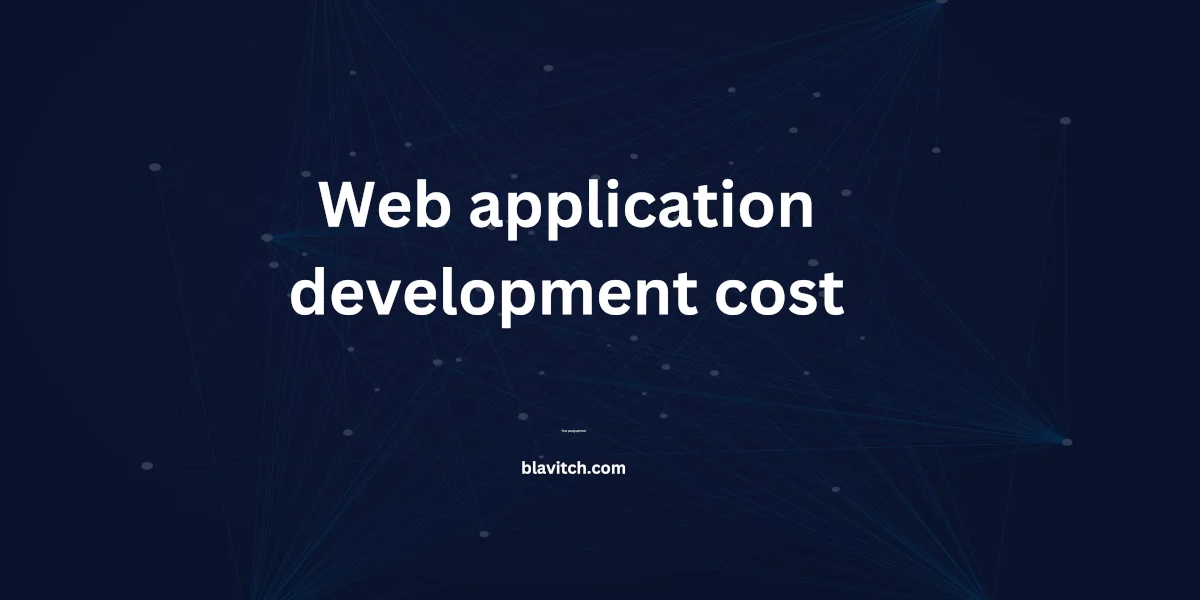- Home
- Product strategy
- What is a Proof of Concept (Po ...

In the fast-paced world of software development, innovation and agility are crucial. Businesses are constantly on the lookout for new solutions to meet their ever-evolving needs. This is where the Proof of Concept (PoC) comes into play.
It’s a term that’s often tossed around, but what exactly is a Proof of Concept in software development? In this article, we’re going to dive deep into the world of PoCs, demystifying the concept and understanding why they are essential in the software development process.
Understanding the Basics
Before we delve into the nitty-gritty details, let’s establish a fundamental understanding of what a Proof of Concept is.
Definition: A Proof of Concept (PoC) is a prototype or a small-scale demonstration of a concept or idea, used to verify its feasibility, practicality, and potential for further development.
In the realm of software development, a PoC is like a sneak peek of a blockbuster movie trailer, offering a glimpse of the final product. It’s not the finished product but rather a preliminary version created to test an idea, demonstrate its viability, and gather valuable insights. Think of it as a litmus test that tells you if your idea has the potential to become a full-fledged application or system.
Why are PoCs Essential in Software Development?
Now that we have a clear definition, let’s explore why PoCs are such a critical aspect of software development.
1. Risk Mitigation: Developing software can be an expensive and time-consuming process. Without a PoC, you might find yourself investing substantial resources into a project that may ultimately prove unworkable. A PoC helps identify potential roadblocks and pitfalls early on, reducing the risk of wasted time and money.
2. Idea Validation: Sometimes, what looks great on paper doesn’t work as expected in practice. A PoC allows you to test your concept in a real-world context, helping you validate its feasibility and functionality.
3. Stakeholder Buy-In: In many cases, you’ll need to secure the support of stakeholders, whether they are investors, upper management, or clients. A well-executed PoC provides tangible evidence of your idea’s potential, making it easier to gain buy-in and funding for the full project.
4. Technology Assessment: Software development is constantly evolving, and new technologies emerge all the time. A PoC lets you experiment with these technologies and assess whether they are the right fit for your project.
5. Iterative Development: With a PoC, you can take an incremental approach to development. Instead of diving headfirst into a complex project, you can break it down into smaller, manageable parts. This iterative development process ensures that your final product will meet your requirements and objectives.
6. Learning and Insights: Developing a PoC provides valuable insights into the challenges and opportunities associated with your project. It’s an excellent way to learn about potential pitfalls and necessary adjustments.
The PoC Process
Creating a Proof of Concept involves several essential steps. Let’s break down the process into manageable stages:
1. Idea Generation: The journey begins with an idea, a concept, or a problem that needs solving. This is the spark that ignites the PoC process.
2. Planning and Design: Next, you need to plan your PoC. Define your objectives, scope, and success criteria. What do you want to prove or demonstrate? Create a design or blueprint that outlines how you intend to achieve these goals.
3. Development: With a clear plan in place, it’s time to start building your PoC. Keep in mind that this is a simplified version of your final product, so it doesn’t need all the features and functionalities at this stage.
4. Testing and Validation: Once your PoC is developed, it’s time to put it to the test. Run thorough tests to ensure it meets your predefined success criteria. This phase is all about identifying any issues or limitations.
5. Evaluation: After testing, evaluate the results. Did the PoC prove your concept’s feasibility? Did it uncover any unexpected challenges? Use this evaluation to make informed decisions about whether to proceed with the full project.
6. Decision-Making: Based on the evaluation, make a well-informed decision. You can choose to proceed with the full project, make adjustments to the concept, or, in some cases, abandon the idea altogether.
7. Documentation: It’s essential to document your PoC thoroughly. This documentation will serve as a valuable reference for the development of the final product.
8. Communication: Share the results of your PoC with stakeholders, team members, or anyone involved in the project. Transparency in communication is vital to gaining support and making well-informed decisions.
Common Use Cases for PoCs
PoCs have a wide range of applications in the world of software development. Here are some common use cases:
1. New Product Development: When you’re planning to launch a new software product, a PoC can help you assess its feasibility and generate investor interest.
2. Technology Evaluation: Before committing to a specific technology stack or framework, a PoC can help you test its suitability for your project.
3. Feature Testing: If you’re considering adding a new feature to an existing software product, a PoC can determine whether it’s worth pursuing.
4. Problem Solving: When you encounter a complex issue in your software, a PoC can help you explore potential solutions and identify the most effective one.
5. Efficiency Improvements: If you want to optimize your software’s performance or streamline your processes, a PoC can help you experiment with different strategies.
6. Security Assessment: Security is a top concern in software development. A PoC can help you identify vulnerabilities and assess the effectiveness of security measures.
Key Considerations in PoC Development
To ensure the success of your PoC, there are several factors to consider:
1. Clearly Defined Objectives: Your PoC must have well-defined objectives. What do you want to achieve with this proof of concept? What are the success criteria?
2. Realistic Scope: Keep the scope of your PoC manageable. It’s not the time to build an entire application. Focus on the critical components that prove your concept.
3. Time and Resource Constraints: Understand your limitations in terms of time and resources. A PoC should be completed relatively quickly and with a limited budget.
4. Data and Metrics: Define the data and metrics you will use to evaluate the PoC. How will you measure success?
5. Team Collaboration: Effective communication and collaboration within your development team are crucial. Make sure everyone is on the same page regarding the PoC’s goals and progress.
6. Adaptability: Be ready to adapt and make changes based on the insights and feedback you gather during the PoC process.
Success Stories
To better understand the power of PoCs, let’s take a look at some real-world success stories.
1. Airbnb: Before Airbnb became the giant it is today, the founders created a PoC to validate their concept. They set up a simple website to rent out air mattresses in their living room, and it worked. This PoC proved the demand for a platform connecting travelers with accommodations.
2. Dropbox: The creators of Dropbox used a PoC to test the feasibility of their cloud storage concept. They created a simple video demonstration
, which quickly went viral and attracted millions of users, leading to a successful product launch.
3. Slack: Slack, the popular messaging platform, initially started as a PoC within a gaming company. The PoC aimed to improve communication and collaboration. It was so successful that it led to the creation of a standalone product.
These success stories demonstrate how PoCs can be the stepping stones to transformative software products and services.
Challenges and Pitfalls
While PoCs offer numerous benefits, there are also challenges and potential pitfalls to be aware of:
1. Misalignment with the Full Project: If a PoC is not carefully planned, it may lead you down a path that is misaligned with the broader objectives of the full project. This can result in wasted time and resources.
2. Over-Engineering: Sometimes, developers can get carried away and build a PoC that is too elaborate. Remember, the goal is not to create a full-fledged product but to prove a concept.
3. Ignoring User Feedback: Failing to gather feedback from potential users or stakeholders during the PoC phase can lead to a misinformed decision-making process.
4. Poor Documentation: In the rush to develop a PoC, documentation can be overlooked. This can hinder the transfer of knowledge and insights to the full project team.
5. Biased Testing: Be cautious not to skew your tests to achieve your desired outcome. Objective evaluation is key to making informed decisions.
Conclusion
In the world of software development, a Proof of Concept (PoC) is a powerful tool for testing ideas, mitigating risks, and making informed decisions. It acts as a safety net, allowing you to experiment with concepts before committing to full-scale development.
A well-executed PoC can lead to groundbreaking products and services, as demonstrated by the success stories of companies like Airbnb, Dropbox, and Slack. However, it’s essential to approach PoCs with a clear plan, realistic expectations, and adaptability in mind.
So, the next time you have a brilliant software idea, consider starting with a Proof of Concept. It might just be the first step toward a game-changing software solution.






